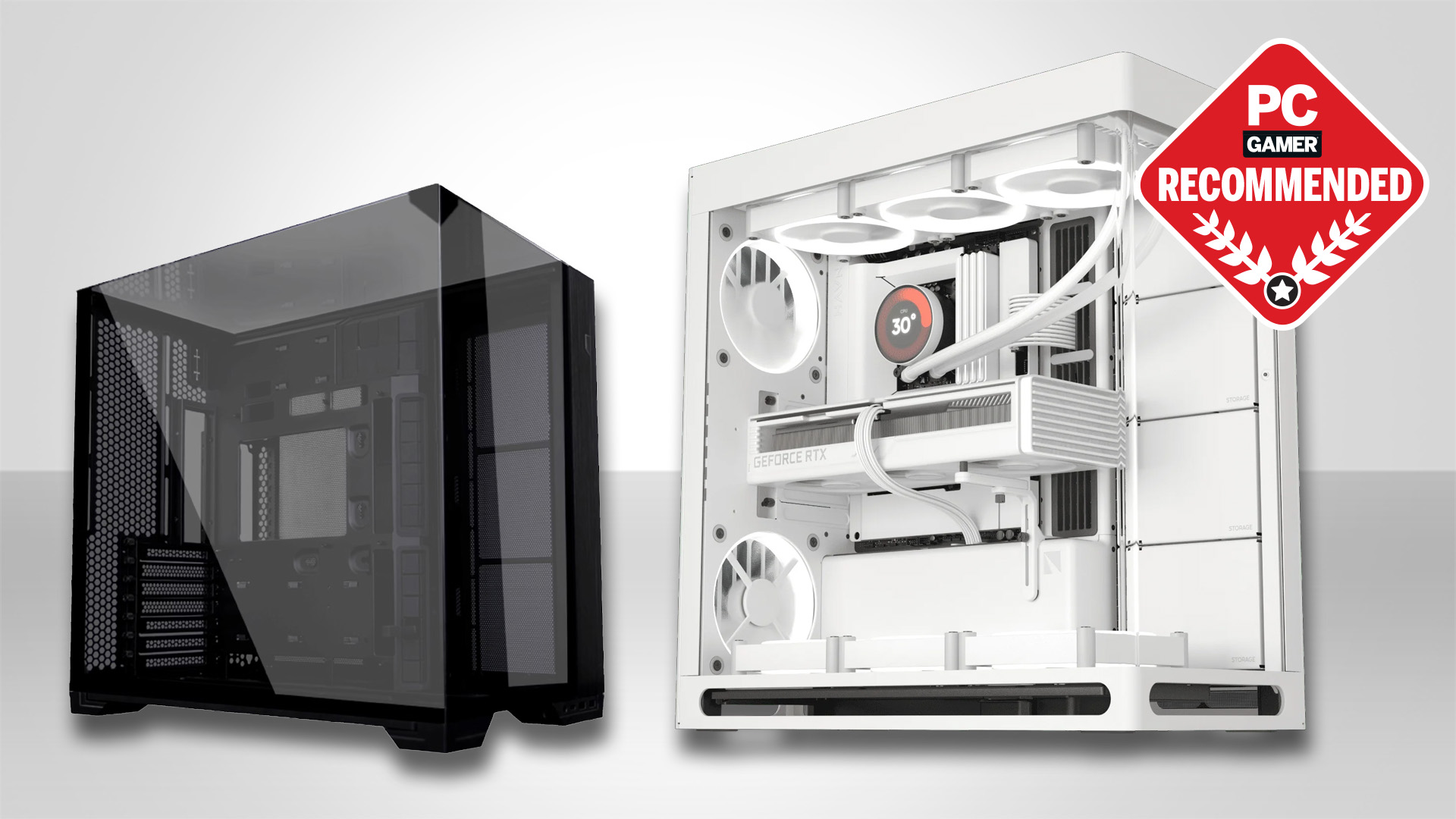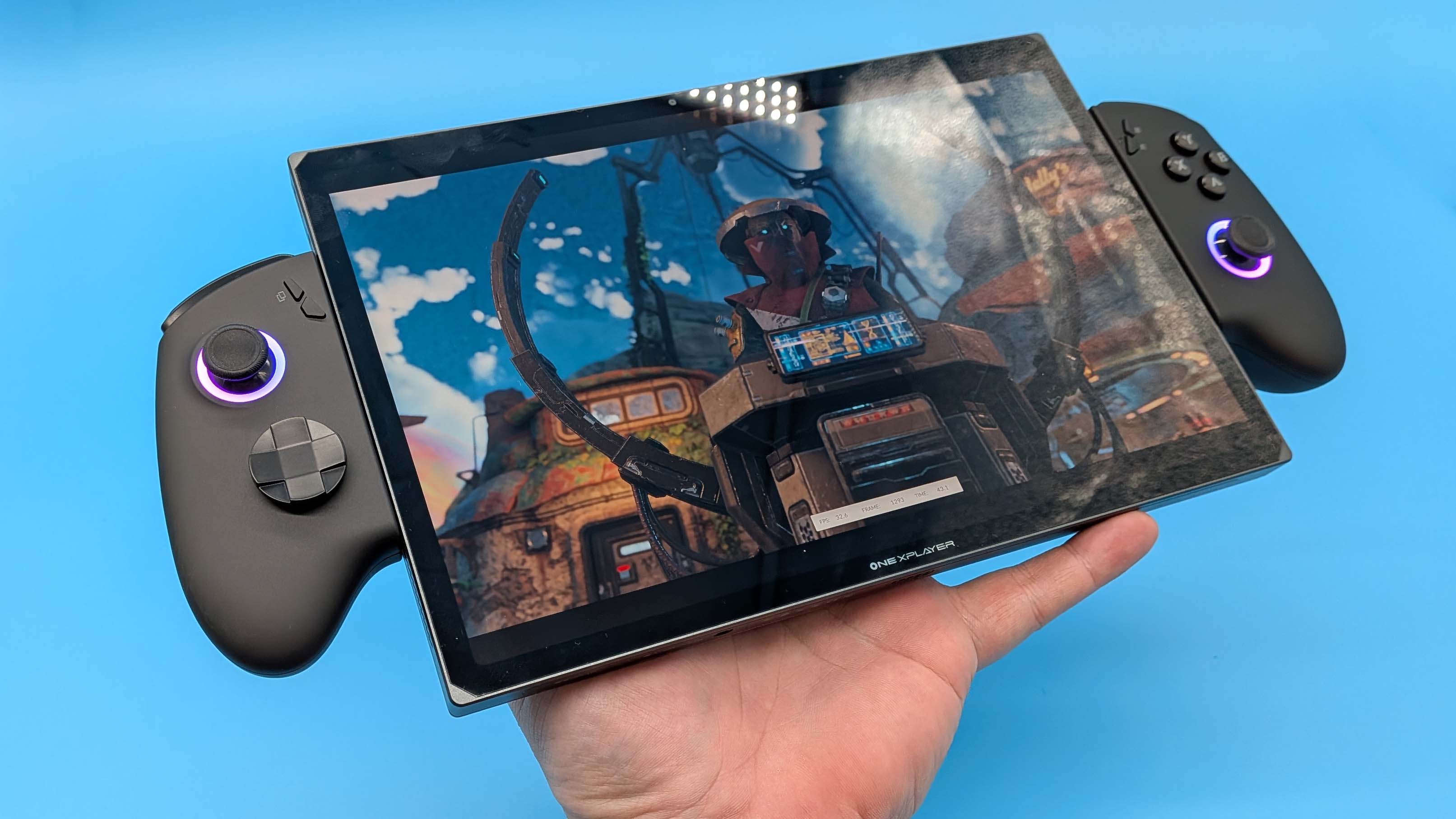This 'shunt modded' Asus RTX 4090 laptop beats the latest RTX 5090 portables but you'd be very brave to do this to your own machine
Up to 35% faster than a standard RTX 4090...
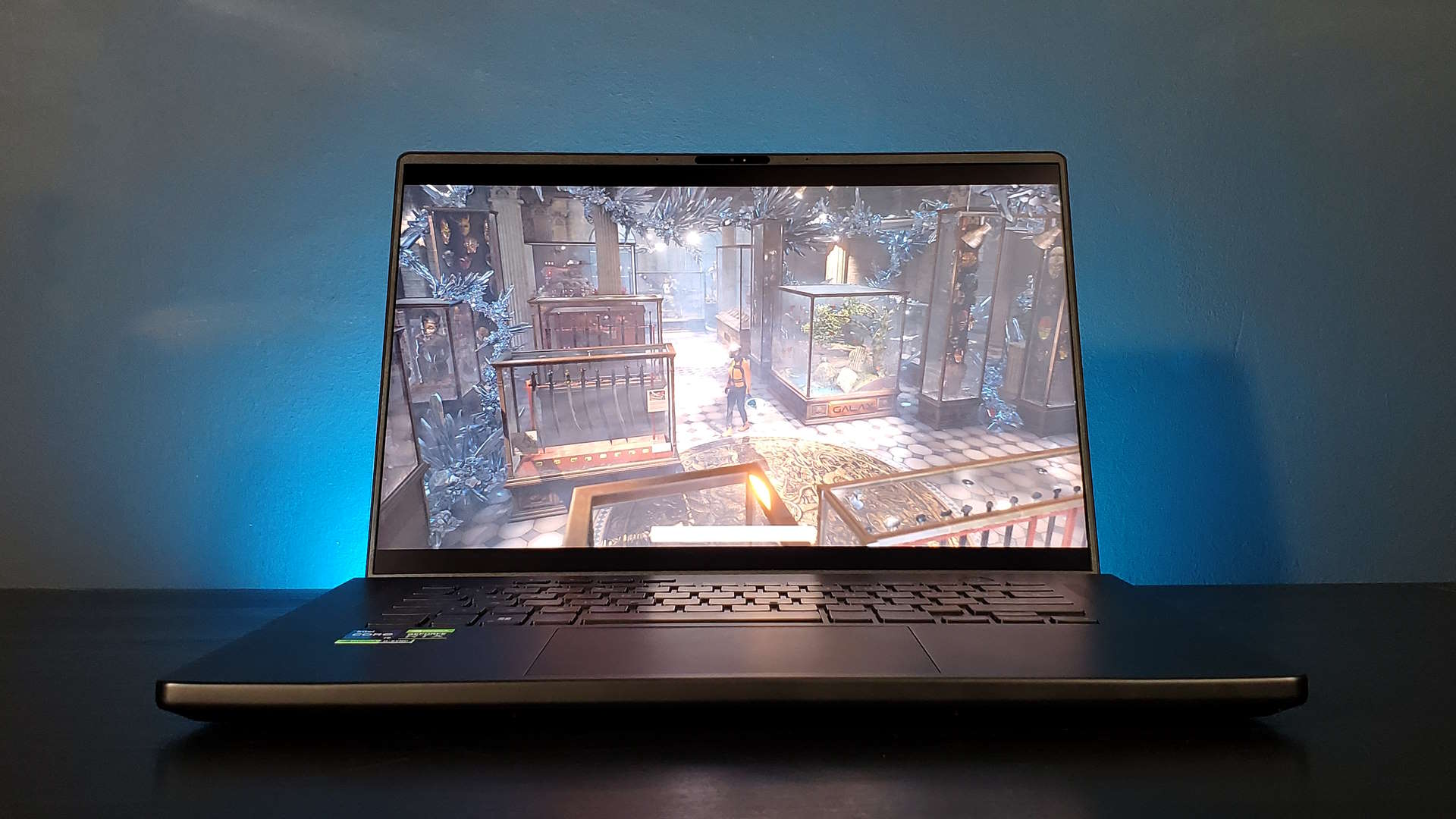
Back when Nivida's RTX 4090 mobile GPU was the latest hotness for laptops, we took the view that it didn't actually make sense compared to the cheaper RTX 4080. That's because it was often constrained by the limited power budget of mobile form factors. Well, it turns out the laptop RTX 4090 is quite the beast when unshackled from such constraints courtesy of shunt modding, releasing up to 35% more performance and thereby beating typical examples of laptops powered by Nvidia's latest RTX-5090 mobile chip.
Our case study here is a Redditor who goes by the handle thatavidreadertrue and an Asus ROG Zephyrus M16 laptop. Apparently, thatavidreadertrue thought the Zephyrus's impressive three-fan setup could go beyond the laptop's official 150 W rating, perhaps with a dash of PTM, or a phase-change thermal pad to replace the factory thermal paste. Oh, and some shunt modding.
For the uninitiated, shunt modding involves modifications to the current-sensing shunt resistor in an electrical circuit, lowering its resistance and giving the impression of lower power consumption.
As per thatavidreadertrue's Reddit post, "the laptop was shunt modded by stacking a 1 mOhm resistor on top of the 5 mOhm shunt resistor at the back of the motherboard. Any power readings will be 6 times lower than the actual power draw." That's a huge uplift in the theoretical power available to the RTX 4090 mobile GPU, which should allow for the absolute maximum performance the chip can achieve.
After the mod, thatavidreadertrue says that the RTX 4090 hit around 240 W, substantially above the laptop's official 150 W GPU power rating. To cater for that increased power, a few thermal tweaks were made.
"I also repasted the old paste/liquid metal on the CPU/GPU with PTM 7950 and replaced the VRM thermal putty with better aftermarket putty (Upsiren UX Pro Ultra)," thatavidreadertrue says.
In terms of performance improvements, thatavidreadertrue compared the modded Zephyrus M16 (we reviewed the standard Asus ROG Zephyrus M16 here) to the next best M16 listed on 3DMark's database and found improvements typically of around 20%. However, for the Solar Bay Extreme benchmark, which majors on ray-tracing performance, the uplift was over 35%. Impressive.
Keep up to date with the most important stories and the best deals, as picked by the PC Gamer team.
The Redditor also posted figures for the overall average from laptops with the newer RTX 5090 GPU and found the modded M16 was 3.5% faster. That led the Redditor to conclude, "shunt modding the M16 4090 let me match the performance of most 5090 laptops. In fact, 5090 laptops with similar form factor, like the Stealth A16 5090 or a Zephyrus G16 5090, go for at least $3500 right now and actually have lower performance! Depending on your risk tolerance, shunt modding a laptop is a very viable choice."
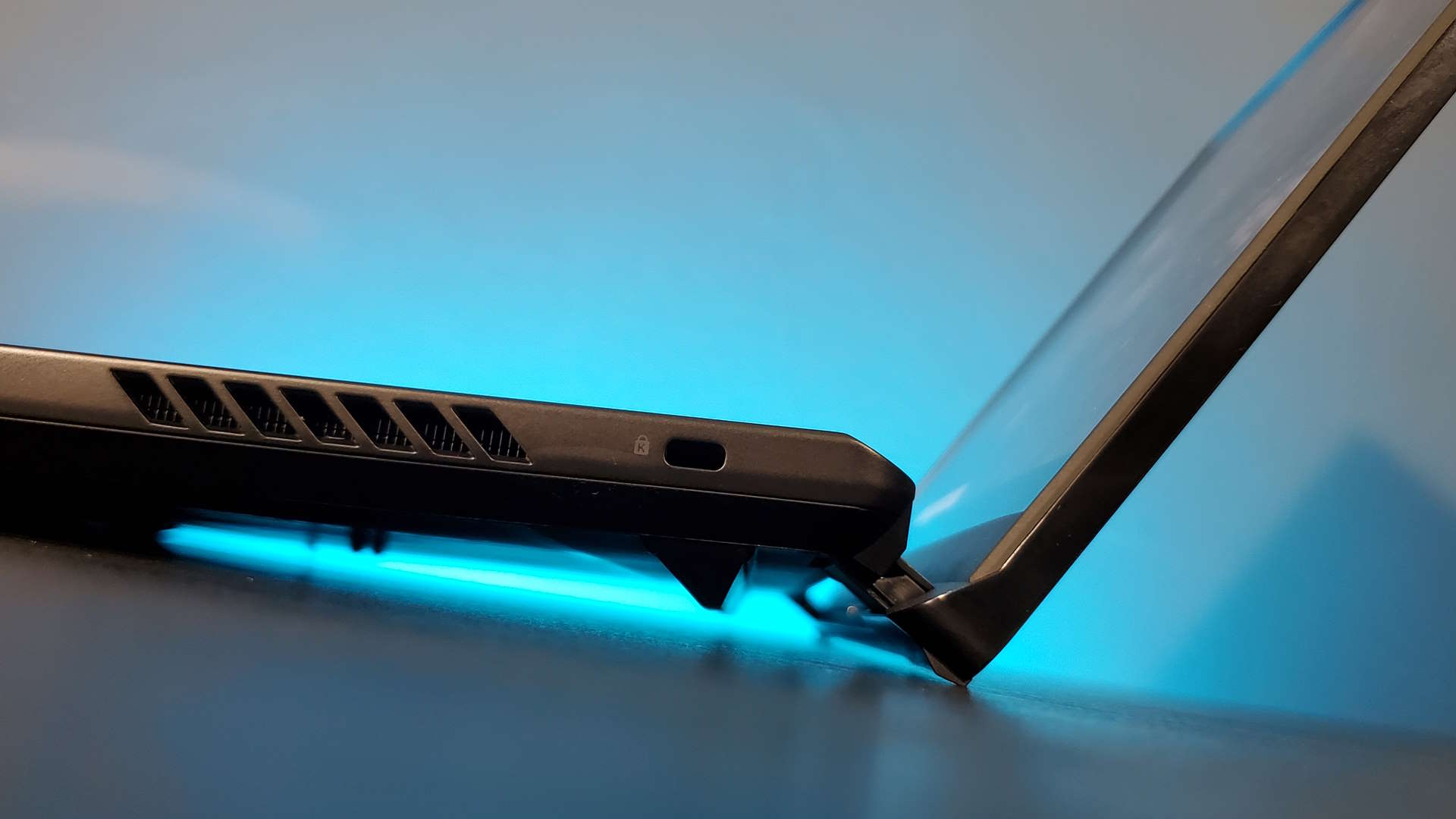
Speaking of "risk tolerance," the immediate question is just what kind of hazard such a modification poses. This kind of mod will push the 4090's VRMs very hard, at minimum. More broadly, the chassis and its various components were never designed to pull this kind of power, ditto the power supply.
As tempting as this kind of performance uplift is for very little outlay, then, the long term reliability is a major unknown. Personally, I wouldn't be brave enough and we on PC Gamer are absolutely not recommending this kind of mod.
Still, it's an impressive example of the untapped potential of the RTX 4090. And also a reminder of what an incremental upgrade the newer RTX 50 GPUs are, unless you buy into multi-frame gen benchmark figures.
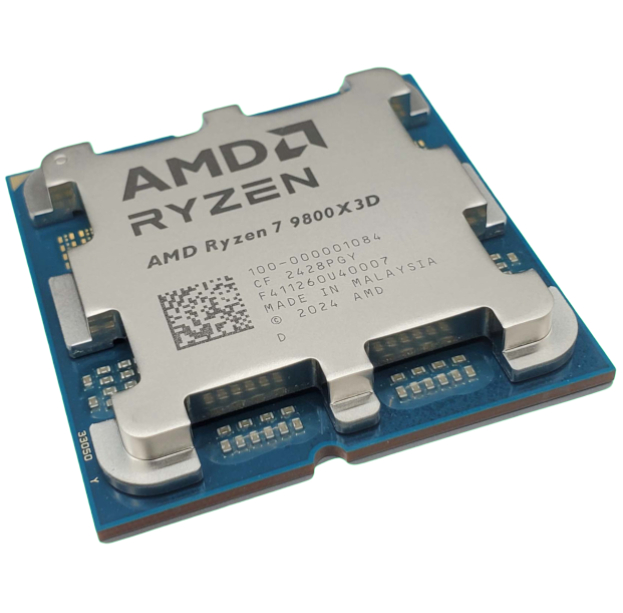
👉Check out our list of guides👈
1. Best CPU: AMD Ryzen 7 9800X3D
2. Best motherboard: MSI MAG X870 Tomahawk WiFi
3. Best RAM: G.Skill Trident Z5 RGB 32 GB DDR5-7200
4. Best SSD: WD_Black SN7100
5. Best graphics card: AMD Radeon RX 9070

Jeremy has been writing about technology and PCs since the 90nm Netburst era (Google it!) and enjoys nothing more than a serious dissertation on the finer points of monitor input lag and overshoot followed by a forensic examination of advanced lithography. Or maybe he just likes machines that go “ping!” He also has a thing for tennis and cars.
You must confirm your public display name before commenting
Please logout and then login again, you will then be prompted to enter your display name.
